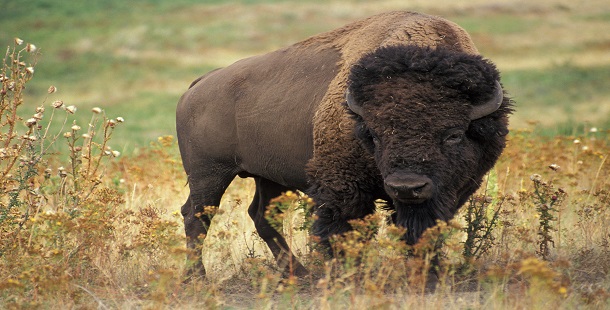Often observed either snoozing or grazing, manatees—these amiable giants of the sea—are a source of joy. They are large, herbivorous maritime mammals, however, they are at risk due to issues such as habitat loss and deadly encounters with boats. It’s estimated that only around 7,634 to 10,434 West Indian manatees are left. The Amazonian manatee population numbers are nebulous, but thought to be similarly distressing. It’s lamentable that these magnificent creatures are at the brink of extinction. The purpose of this list is to broadcast valuable information about these fantastic animals and highlight 25 intriguing facts about manatees.
Images: Shutterstock unless otherwise noted.
Though manatees average about three meters (9.8 feet) long and weigh between 362-544 kilograms (800 – 1,200 pounds), some manatees have been known to reach lengths of about four meters (13 feet) and weigh over 1,587 kilograms (3,500 pounds).
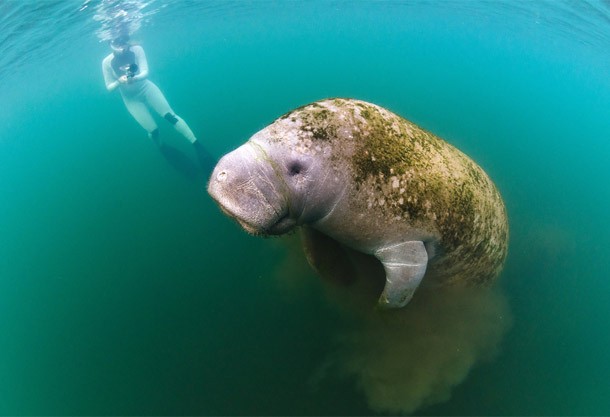 Source: savethemanatees.org
Source: savethemanatees.org Manatees do not have blowholes. They breathe through nostrils similar to seals.
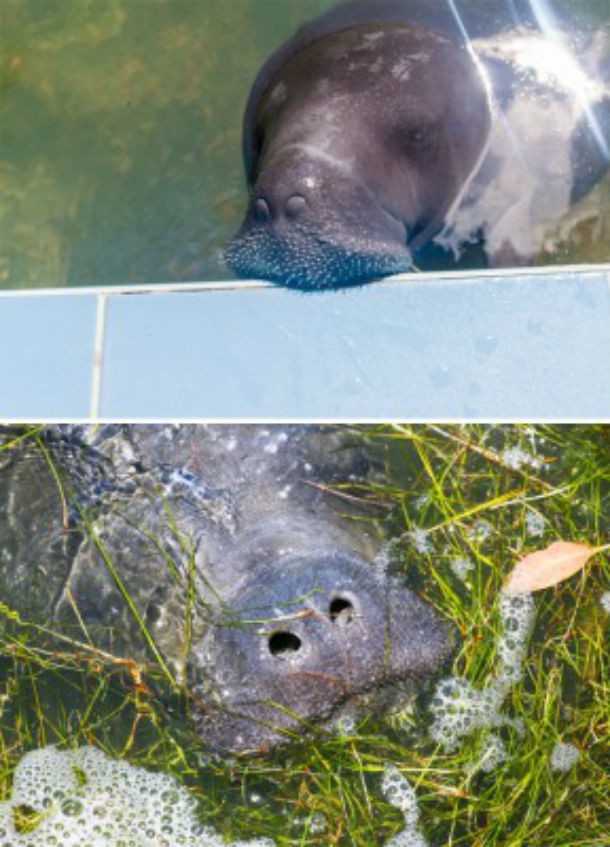 Source: savethemanatees.org
Source: savethemanatees.org Researchers use scars from watercraft collisions in order to identify manatees.
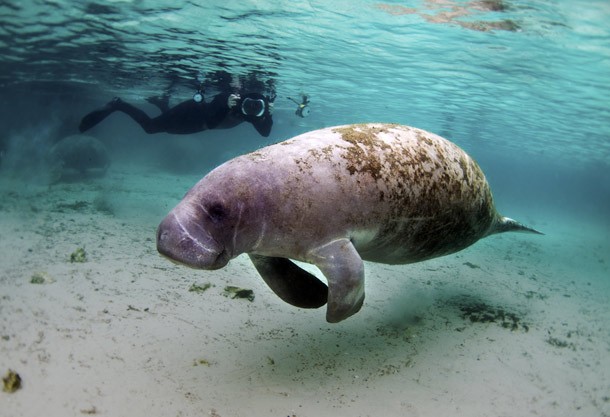 Source: savethemanatees.org
Source: savethemanatees.org In order to tell a female from a male manatee, look at the underside of a manatee. The genital opening of the male is just below the belly button, and the female’s genital opening is just above the anus.
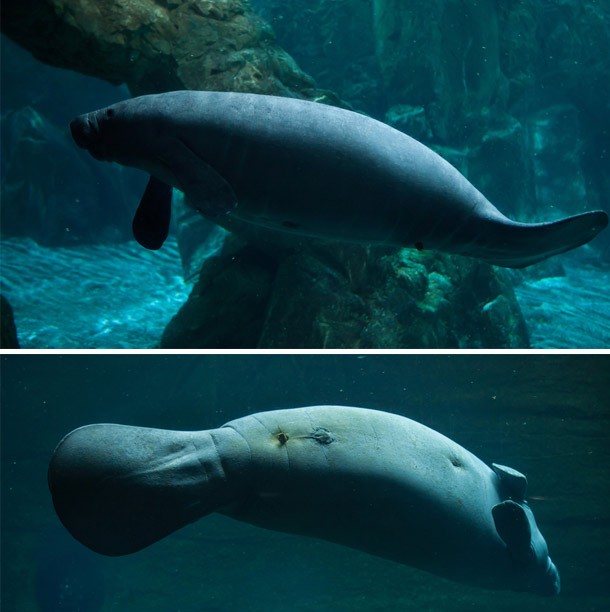 Source: savethemanatees.org
Source: savethemanatees.org In what may seem somewhat counter-intuitive, power plant effluents play a critical role in manatee protection. Manatees use the plant effluents as winter warm water refugia which protect manatees during cold spells.
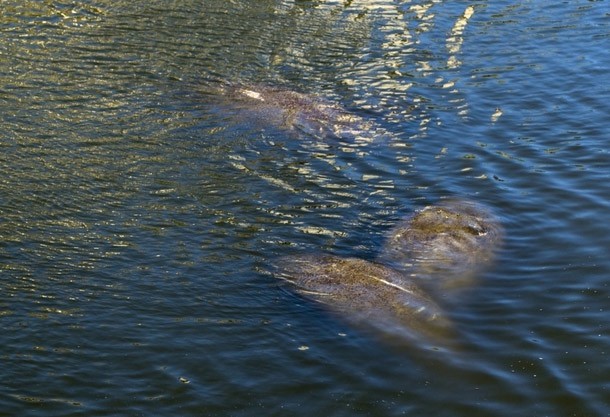 Source: savethemanatees.org
Source: savethemanatees.org Manatees cannot turn their heads sideways. In order to look around, it has to turn its whole body.
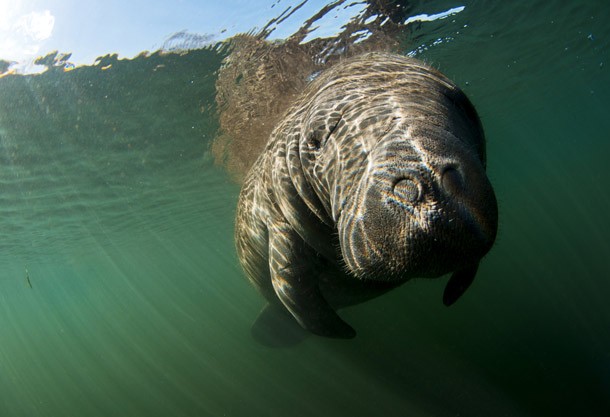 Source: savethemanatees.org
Source: savethemanatees.org A manatee’s age can be determined by the annual growth rings in its ear bones.
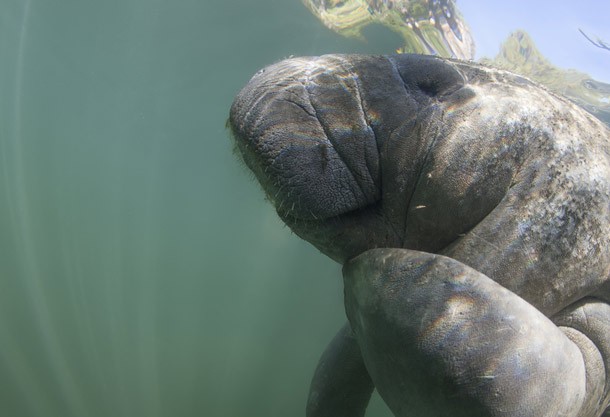 Source: savethemanatees.org
Source: savethemanatees.org Manatees do not have eyelashes, and their eye muscles close in a circular motion.
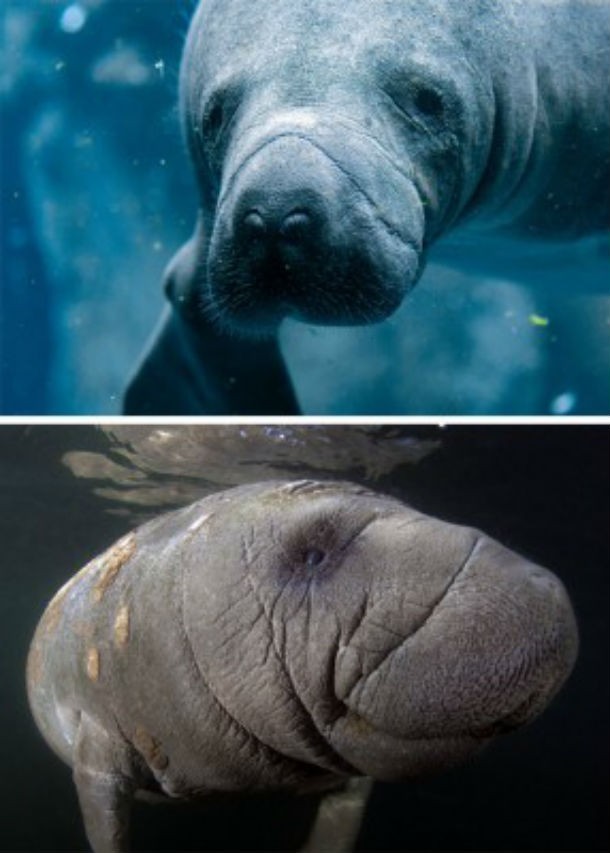 Source: savethemanatees.org
Source: savethemanatees.org It’s believed that the word manatee comes from the Carib word “manati,” meaning woman’s breast.
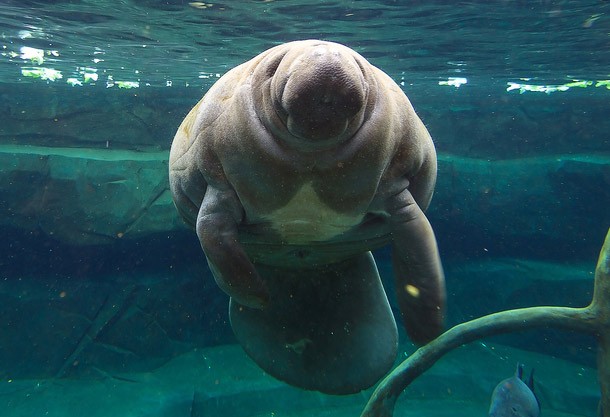 Source: savethemanatees.org
Source: savethemanatees.org Manatees are sometimes called “sea cows.” It’s believed this name comes from the fact that manatees are herbivores like cows.
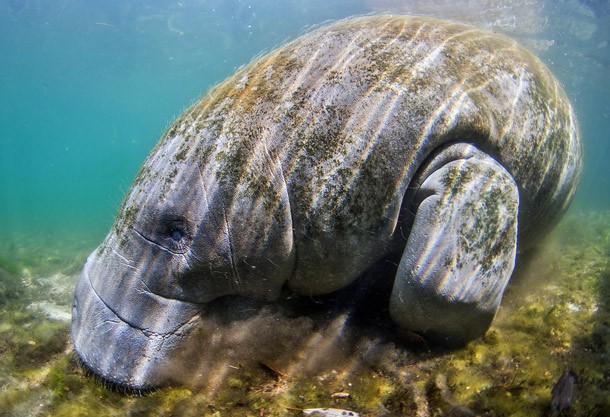 Source: savethemanatees.org
Source: savethemanatees.org Manatees have fingernails with three to four nails on each flipper? Only West African and West Indian manatees (including the Florida manatee) have fingernails though.
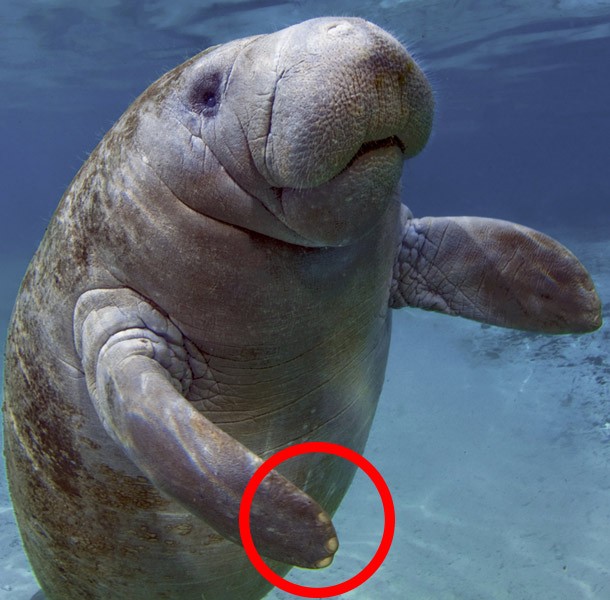 Source: savethemanatees.org
Source: savethemanatees.org If you think this is fascinating, wait until you see number 4.
A population for manatees world wide is difficult to acquire. However, estimates state that there are between 7,634 and 10,434 West Indian manatees. No population estimate for the Amazonian manatee is available.
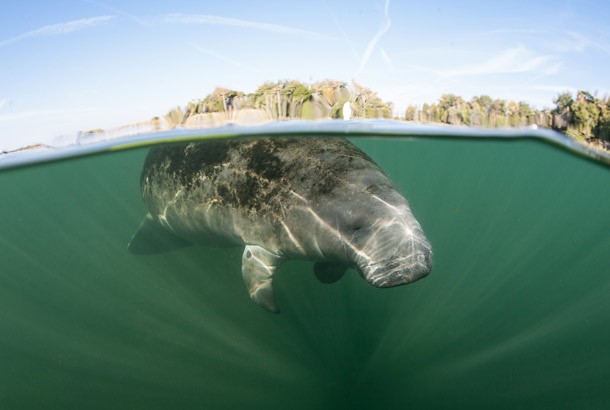 Source: savethemanatees.org
Source: savethemanatees.org Manatees are a migratory species and concentrate in Florida during the winter. In summer months, they can be found as far west as Texas or as far north as Massachusetts.
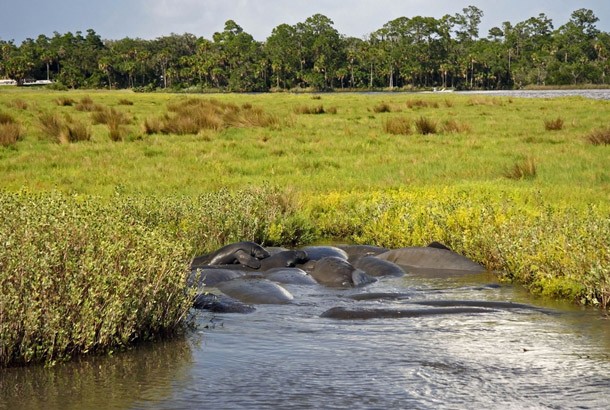 Source: savethemanatees.org
Source: savethemanatees.org Manatees are slow movers with swimming speeds of only 3 to 5 miles per hour.
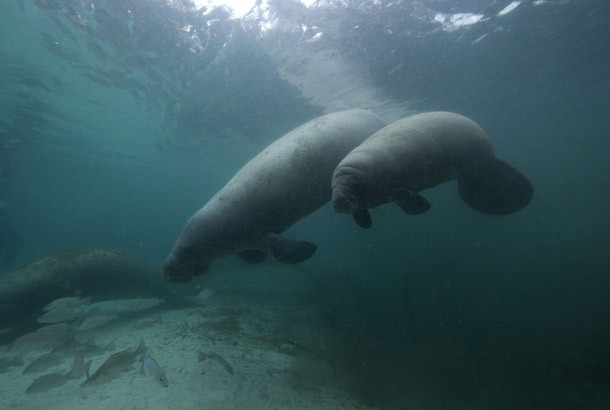 Source: Smithsonian.com, savethemanatees.org
Source: Smithsonian.com, savethemanatees.org Manatees have no natural predators. However, humans have been instrumental in bringing this animal close to extinction mainly due to boat collisions.
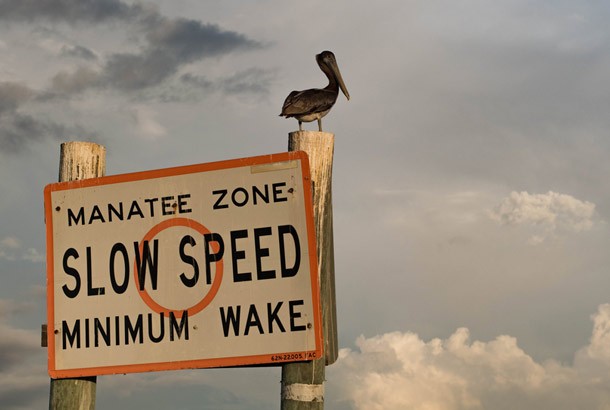 Source: Smithsonian.com
Source: Smithsonian.com Unlike most mammals that possess seven neck vertebrae, manatees only possess six vertebrae.
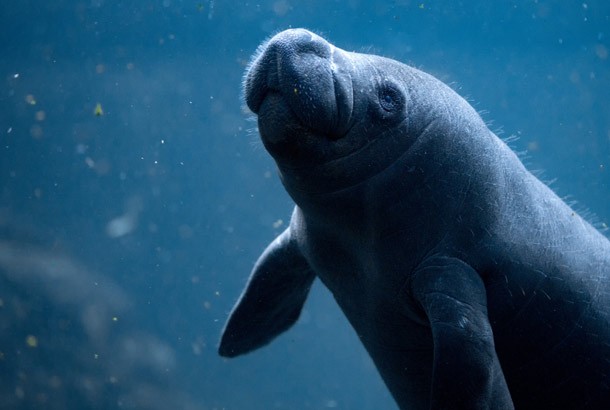 Source: Smithsonian.com
Source: Smithsonian.com Female manatees usually only have one calf every two to five years, and it's estimated that manatees can live to about 60 years. However, research by the Florida Fish and Wildlife Conservation Commission revealed that few manatees were living past the age of 30, well below their estimated life expectancy.
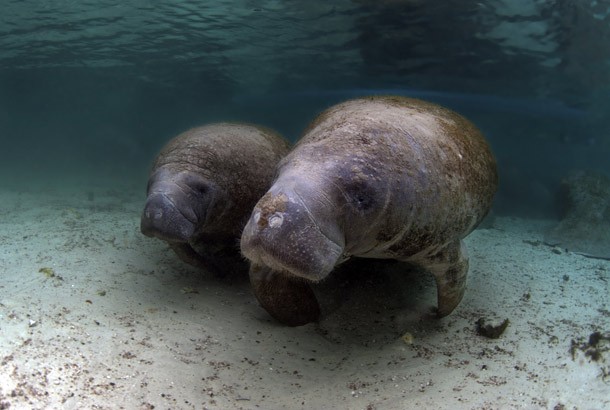 Source: Savethemanatee.org, Smithsonian.com
Source: Savethemanatee.org, Smithsonian.com Though their brain ratio to their body size is the lowest of any mammal, manatees can still learn basic tasks and can differentiate between colors.
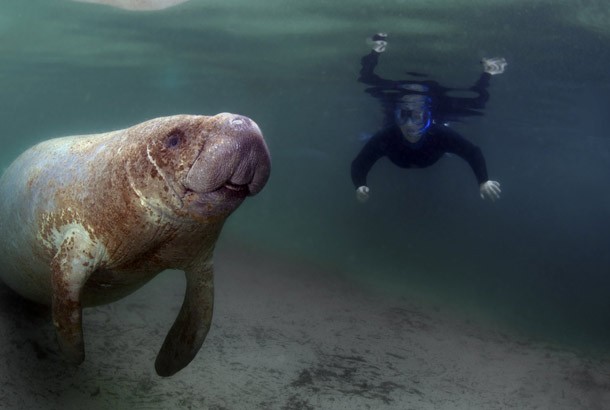 Source: Smithsonian.com
Source: Smithsonian.com It’s believed that Christopher Columbus and other early explorers confused manatees with what they believed were mermaids.
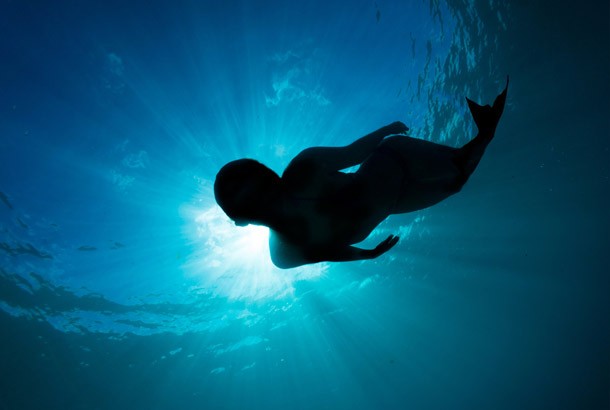 Source: Smithsonian.com
Source: Smithsonian.com The now-extinct sea cow (the largest member of the order Sirenia) was driven to extinction 27 years after first being described due to hunting and competition for their kelp food source.
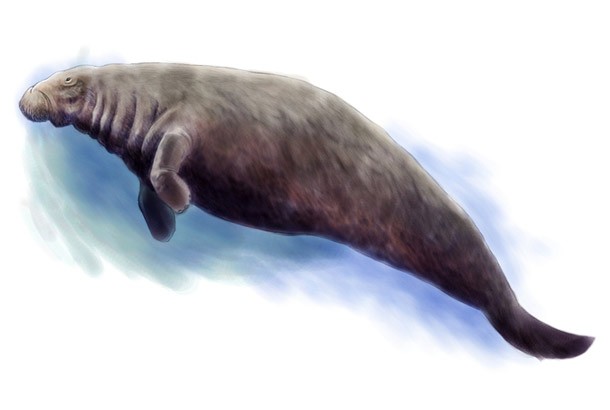 Source: Smithsonian.com
Source: Smithsonian.com Manatees and elephants evolved from the same land animals over 50 million years ago.
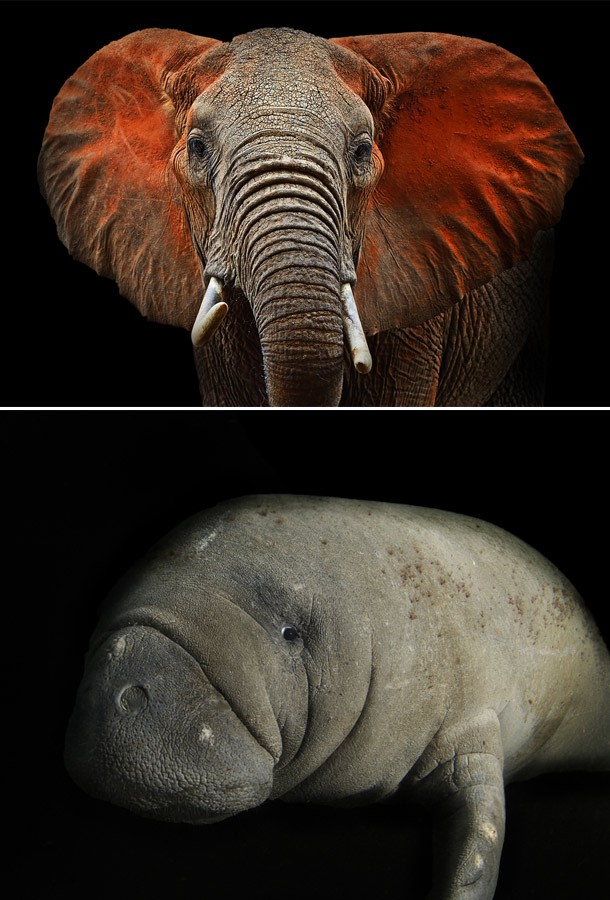 Source: Smithsonian.com
Source: Smithsonian.com Manatees can hold their breath for up to 20 minutes, and when they do take a breath, 90 percent of the air in their lungs is replaced. (To compare, a human replaces about 10 percent of air when he/she breathes.)
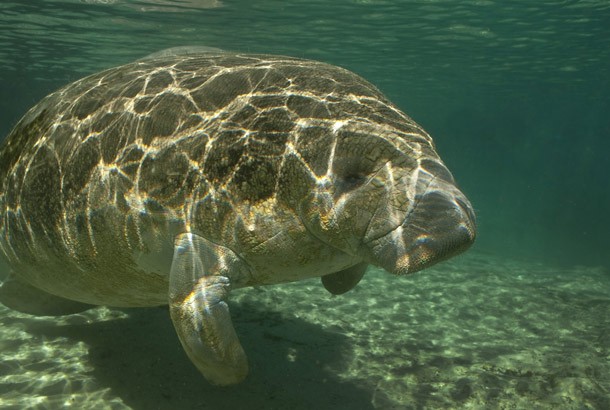 Source: Smithsonian.com
Source: Smithsonian.com In spite of their appearance, manatees have minimal fat protection which makes them susceptible to cold temperatures. In 2010, Florida saw the death of around 246 manatees due to cold stress from the abnormally cold winter.
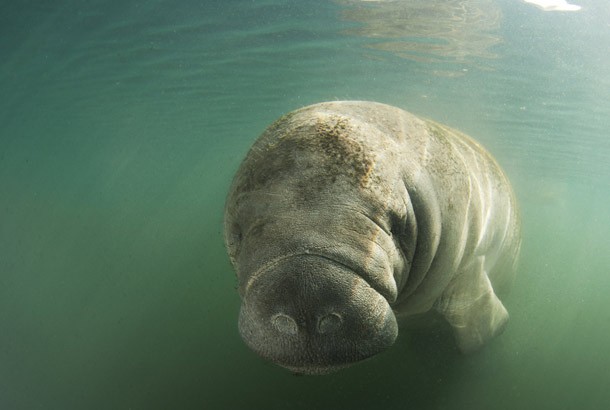 Source: Smithsonian.com
Source: Smithsonian.com Manatees are herbivores and eat about 10 to 15 percent of their body weight every day. With some manatees weighing around 800 to 1,200 pounds, that’s a lot of veggies in a day.
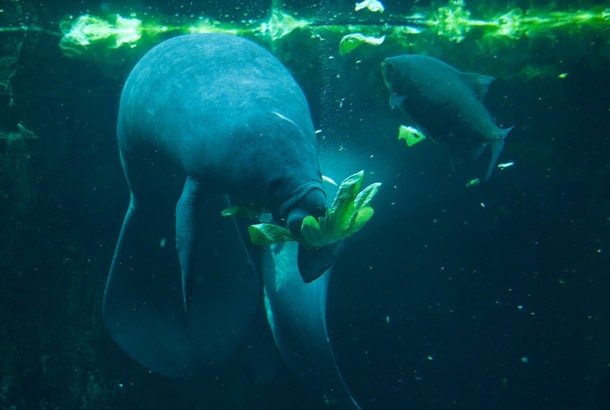 Source: Savethemanatee.org, Smithsonian.com
Source: Savethemanatee.org, Smithsonian.com Furthermore, manatees are the ONLY herbivorous aquatic mammals in existence.
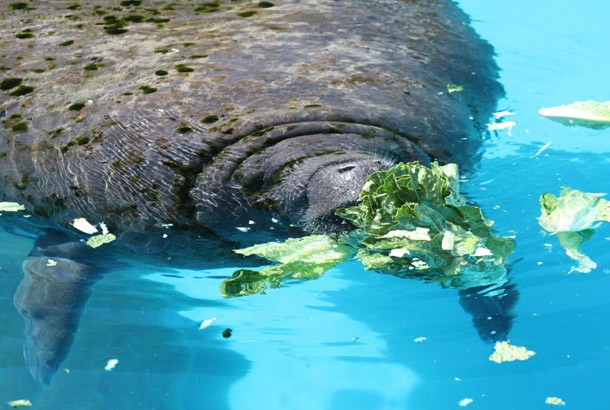 Source: Savethemanatee.org
Source: Savethemanatee.org 








